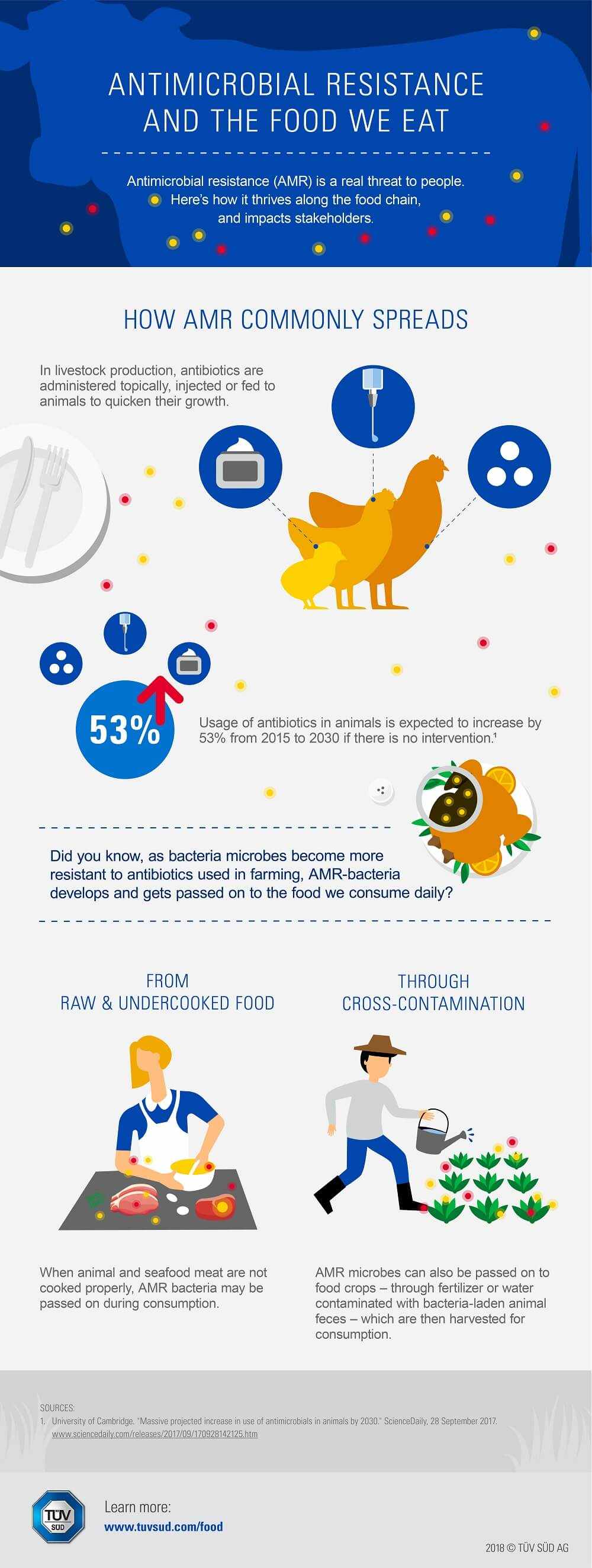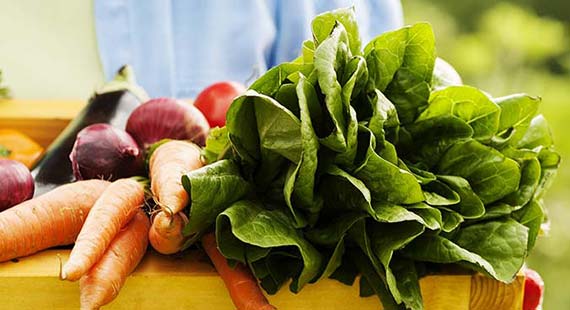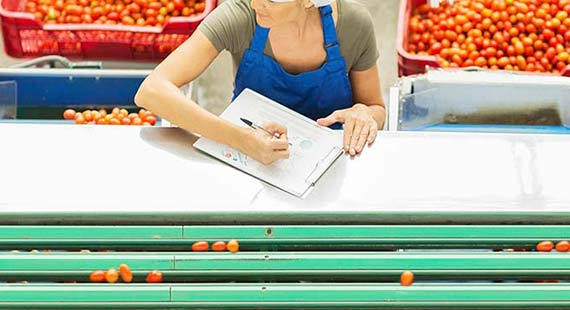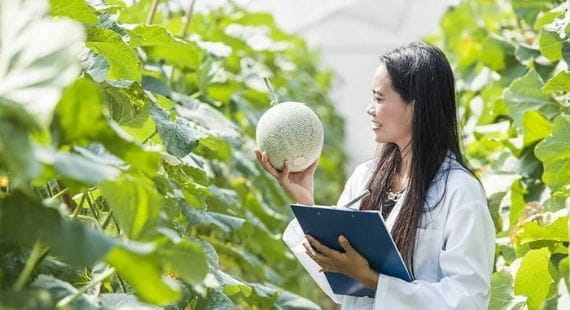
Why is AMR posing a global threat to human health?
Why is AMR posing a global threat to human health?
"Antimicrobial resistance (AMR) is a growing threat with profound health and economic consequences. The question is, how can we raise awareness about the risks involved?"
Dr. Ron Wacker
Global Manager of Food, Health and Beauty, TÜV SÜD
Thursday, July 26, 2018
During the era of early civilisations, mouldy bread was pressed on wounds and sour milk was drunk to treat infections. It wasn’t till the late 19th century that scientists discovered why and how these natural occurring antibiotics work.
When it comes to food, antibiotics are used to ward off diseases, treat infections or prevent spread of illnesses in farm animals and aquaculture. Infected animals often pose a huge risk to an entire farm as bacteria spreads rapidly among large population of animals.
Antibiotics keep bacteria levels low and ensures these animals are in optimal health to fight against any unsanitary conditions.
In recent years, they are also used to quicken growth in farmed animals and to reap higher yields in food production. This however, comes at the risk of human health.
Click here to download the infographic

Frequent use or over use of antibiotics comes with its drawbacks. Over time, bacterial microbes naturally develop antimicrobial resistance (AMR) – resistance to the antibiotics.
Bacteria which should be suppressed by the antibiotics outlive the drugs and are then passed on to consumers through the food supply chain. This happens in two ways: firstly, drug-resistant bacteria can remain on meat from animals and seafood. The bacteria can be passed on to consumers when the food is not cooked properly. Secondly, fertilizer or water contaminated with antimicrobial-resistant bacteria from animal feces can be used on crops – which are then harvested and consumed by people.
AMR poses a great threat to human health. Globalisation of food exacerbates the issue as everyone is susceptible to the risks of antimicrobial-resistant bacteria, which knows no geographical boundaries.
In the absence of antibiotics, these bacteria can cause infection and humans die easily without treatment. Even with antibiotics, the rise of AMR has rendered some treatments against disease-causing organisms ineffective. When medicines start to lose their efficacy in treating common bacterial infections, it could prove fatal for humans. It is estimated that 700,000 deaths globally could be attributed to AMR this year, and a projected 10 million deaths in the next 35 years.
The global concern for AMR is escalating so quickly that the European Union and Food and Agriculture Organisation of the United Nations (FAO) have joined forces to tackle the situation.
To ensure food safety for consumers while supporting stakeholders to move towards the responsible use of antimicrobials in agriculture, the FAO has put together an AMR action plan 2016-2020.
One crucial approach is the responsible use of antibiotics. This is key to reversing the trend of AMR-related deaths in the next few decades. Are food producers aware of proper antibiotics usage? Can we help food producers identify the most crucial stage of the supply chain to administer antibiotics?
“As an organisation offering end-to-end food safety solutions across the entire supply chain, we can raise awareness for prudent and responsible use of antibiotics amongst stakeholders. We can also ensure up to date regulatory, standards and guidelines information,” says Dr. Ron Wacker, Global Business Unit Manager Food, Health & Beauty at TÜV SÜD.
Well-informed consumers today have a strong influence on the way foods are produced. A 2016 report by Nielsen, a leading global information and measurement company, found that sales of “antibiotic-free meat” grew by nearly 29 percent each year between 2011 and 2015.
Across the globe, action is already taken to enforce more transparency in food labels. A new San Francisco city ordinance requires grocery stores to report the use of antibiotics in meat and poultry brands.
“We do microbiological and veterinary drug testing of food to ensure that it is safe from contamination. As a vendor doing the testing, we also support more stringent inspection and testing of farms and aquaculture to reduce the usage of not approved veterinary drugs,” says Dr. Wacker.
Antimicrobial resistance has become a global threat, impacting both humans and animals, in the survival against an ever-increasing range of bacterial infections. For food producers, the bigger question is on ensuring the sustainability of food production: How can food be produced in a way that does less to affect the environment and people? We need to raise awareness among both manufacturers and consumers on the importance of controlling AMR in the food chain.



Satisfy your appetite for business and consumer insights
Learn more

Site Selector
Global
Americas
Asia
Europe
Middle East and Africa